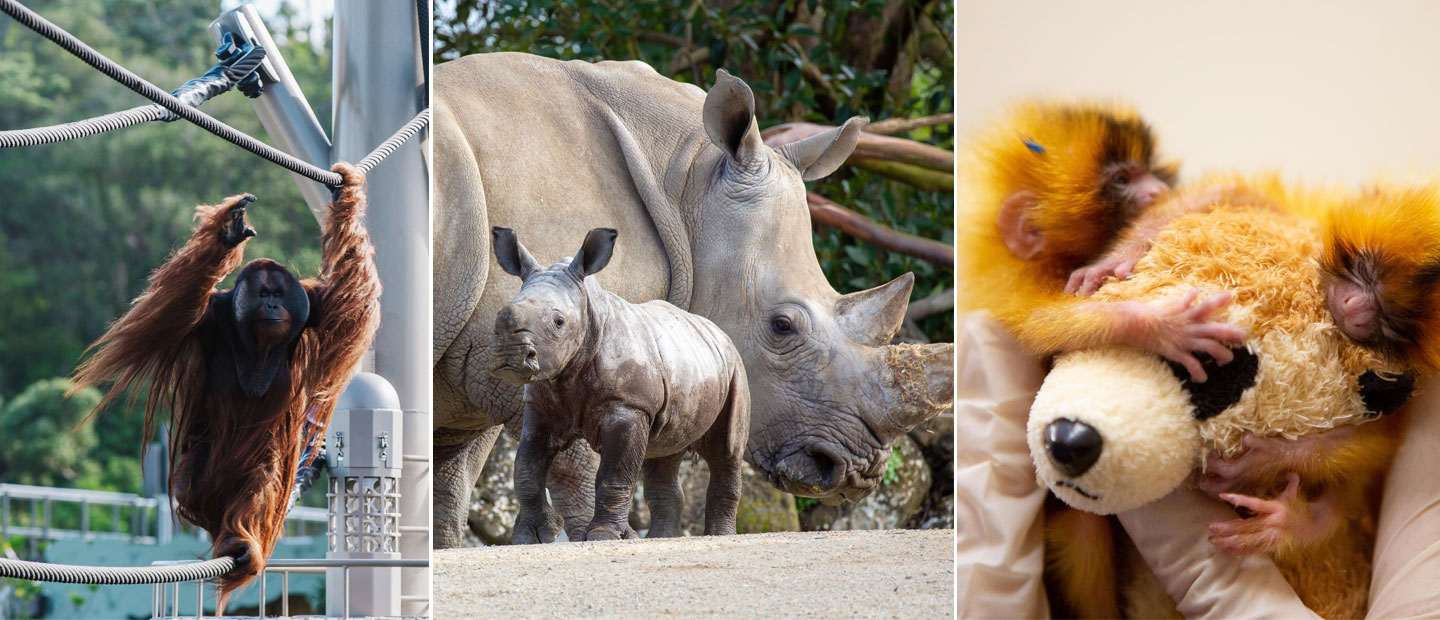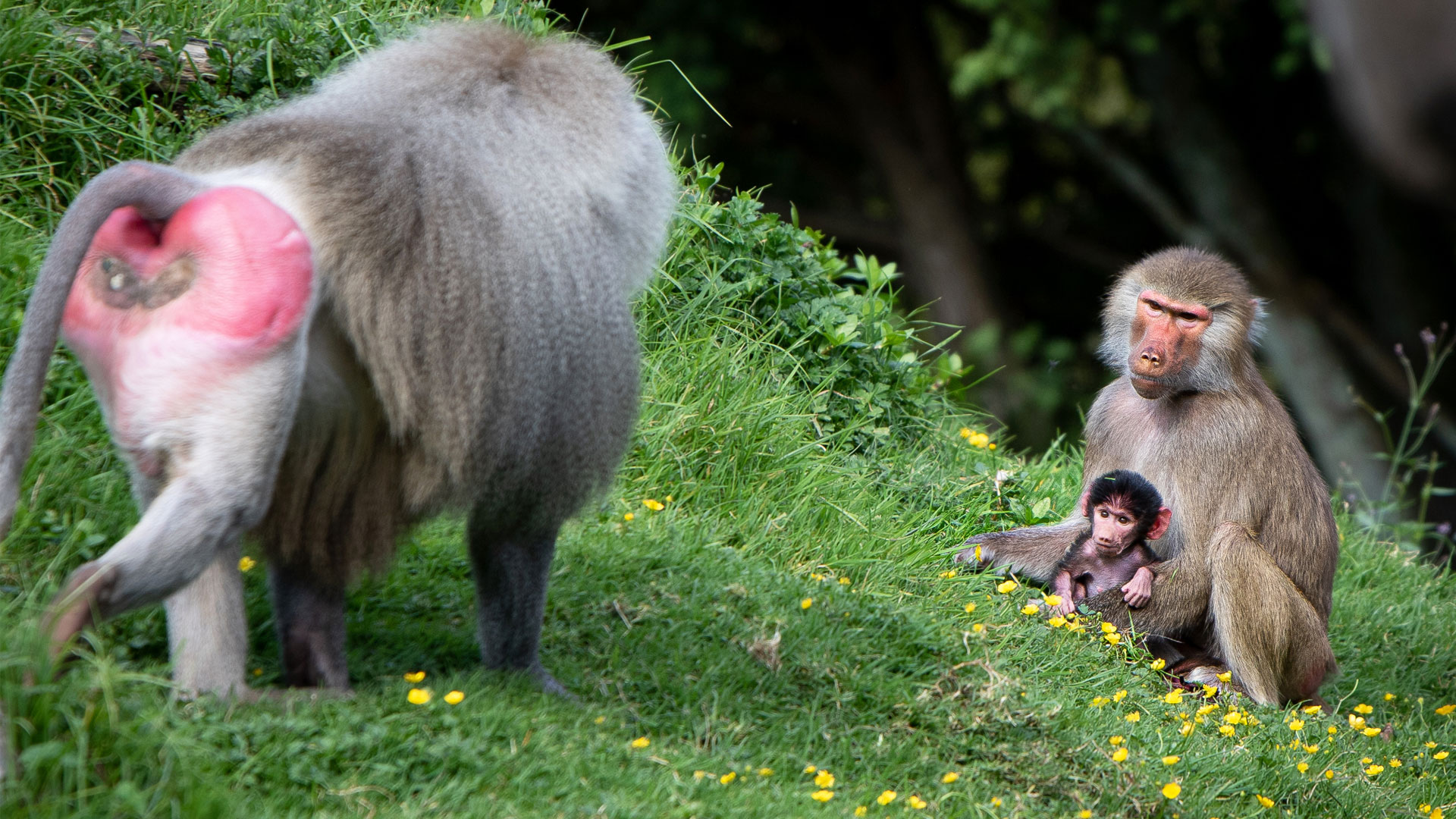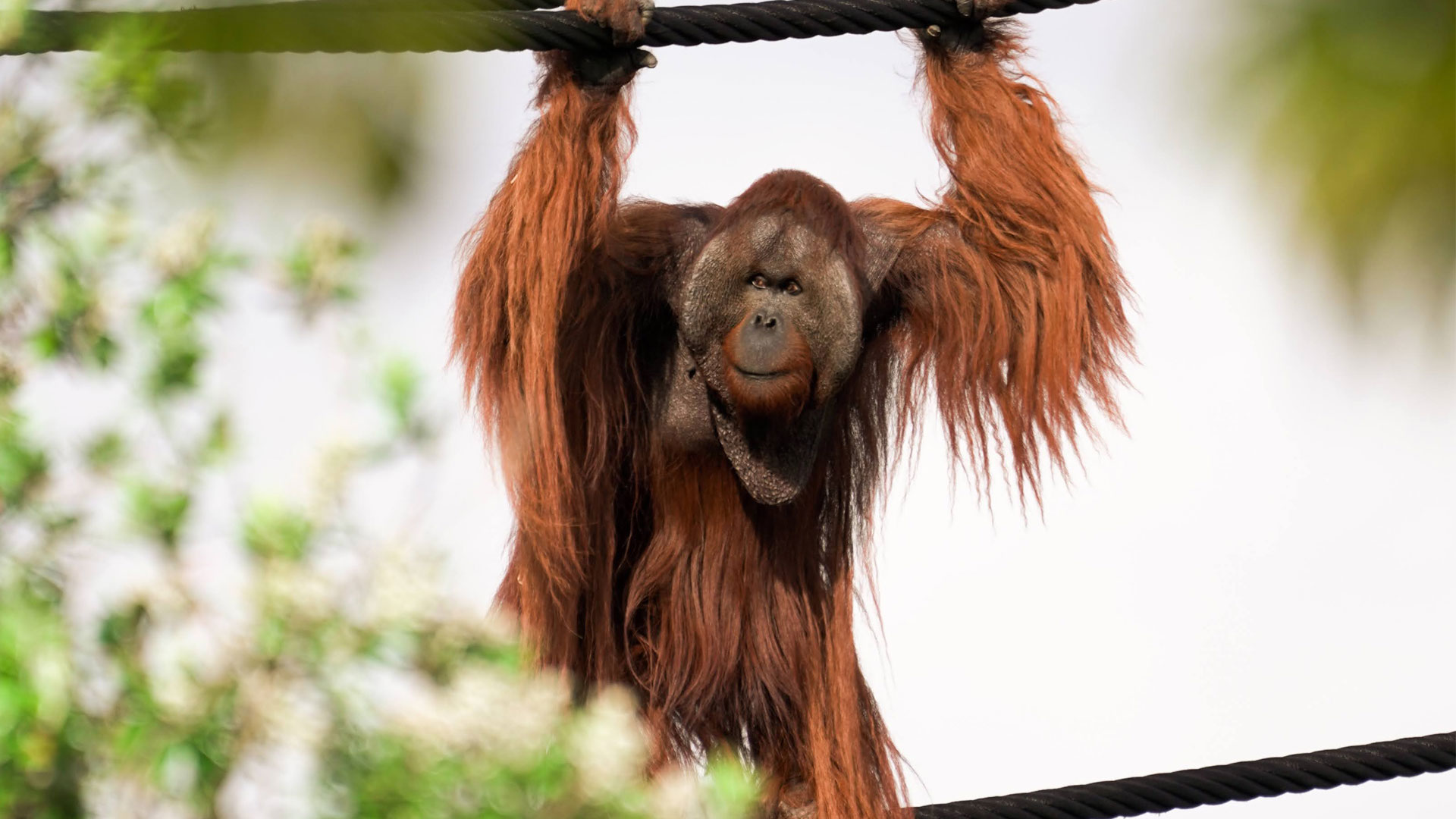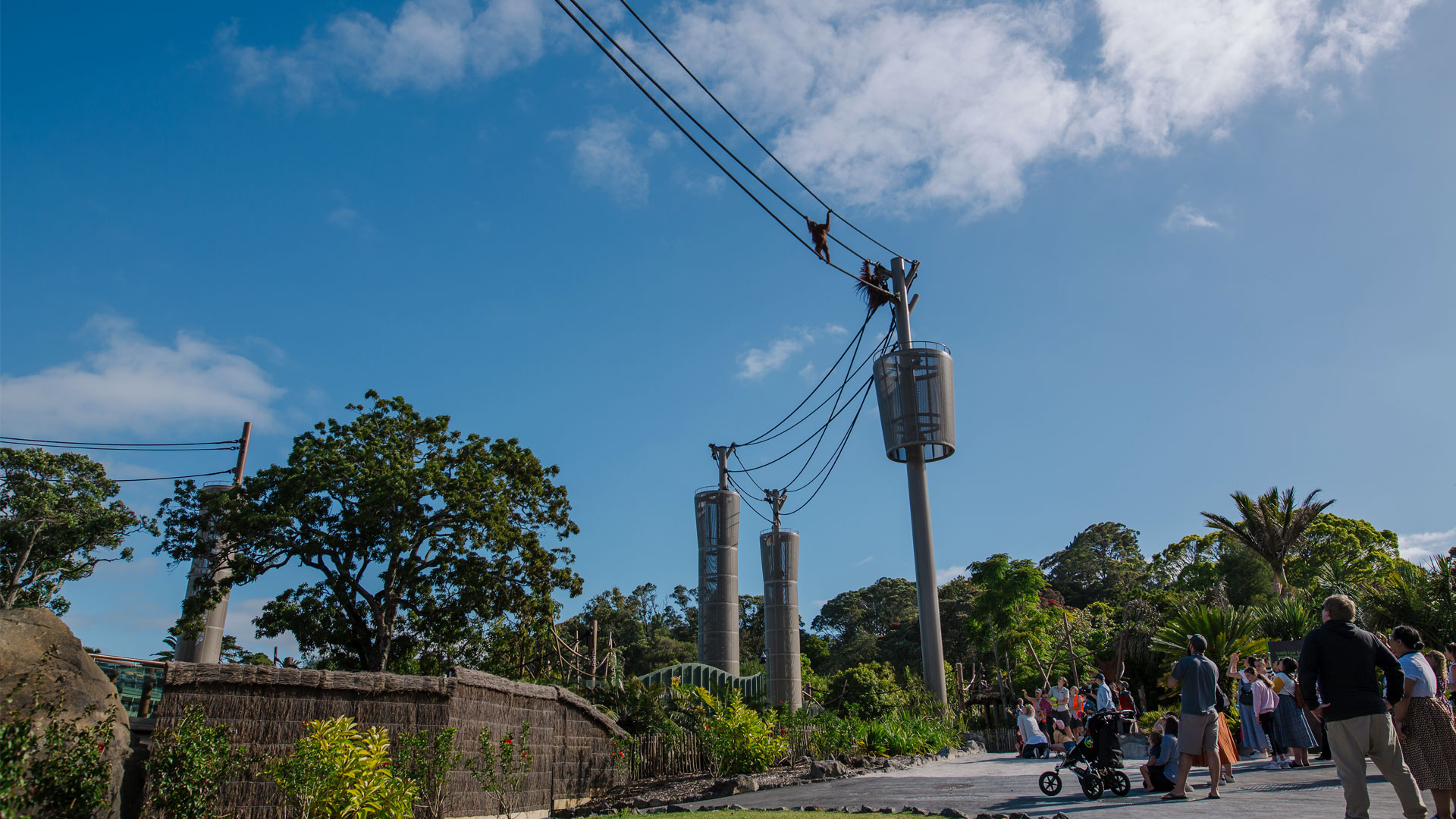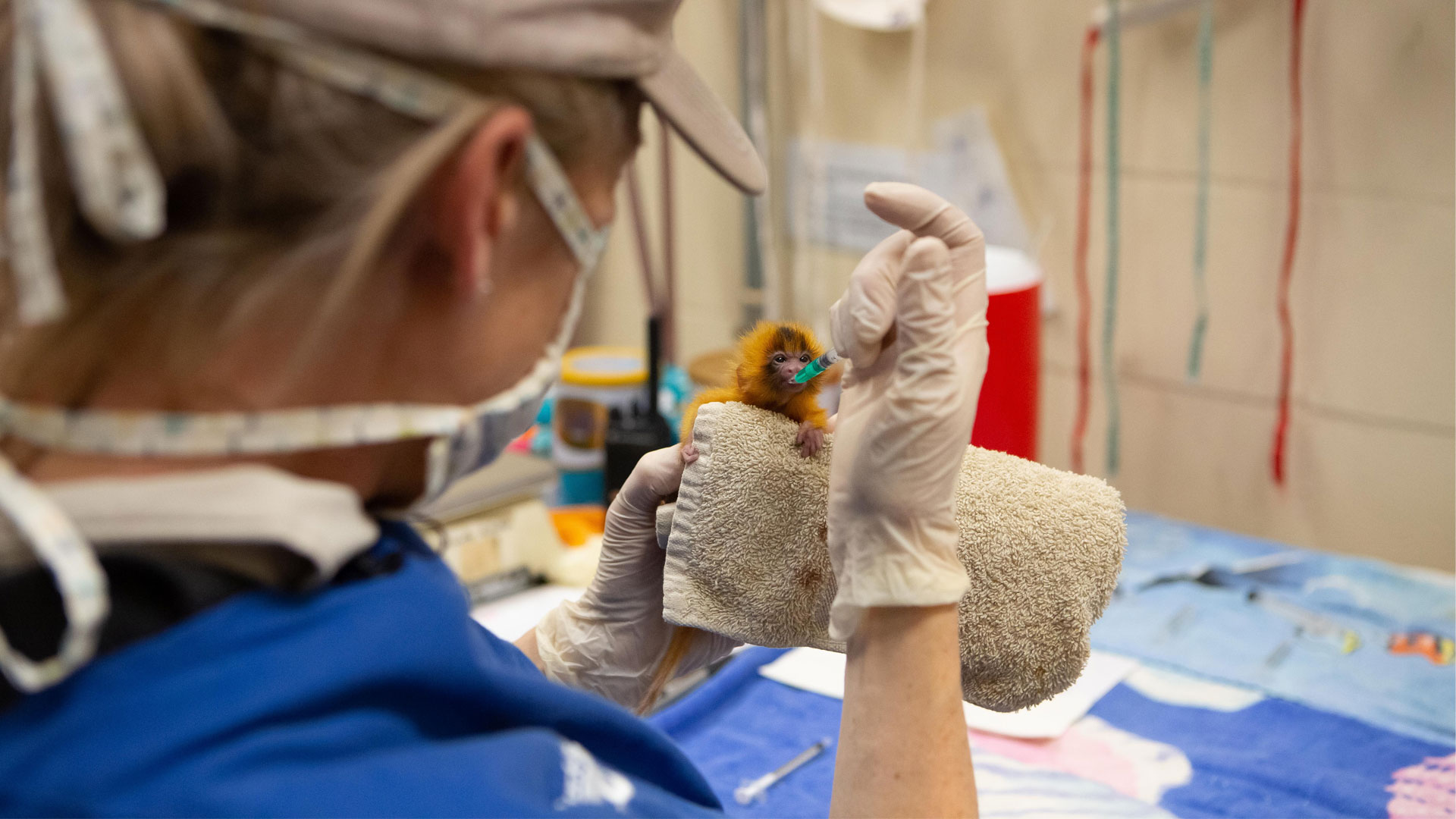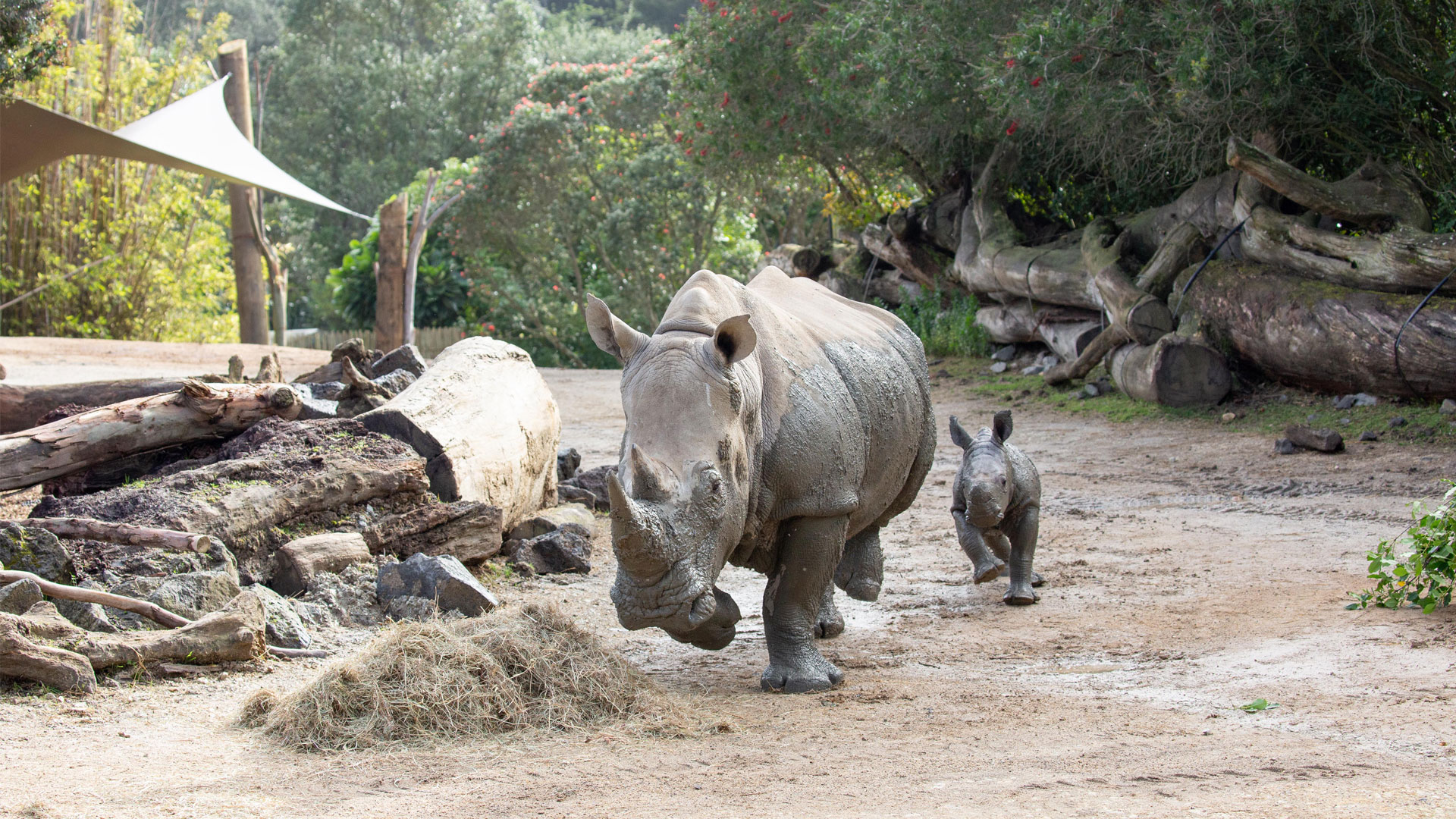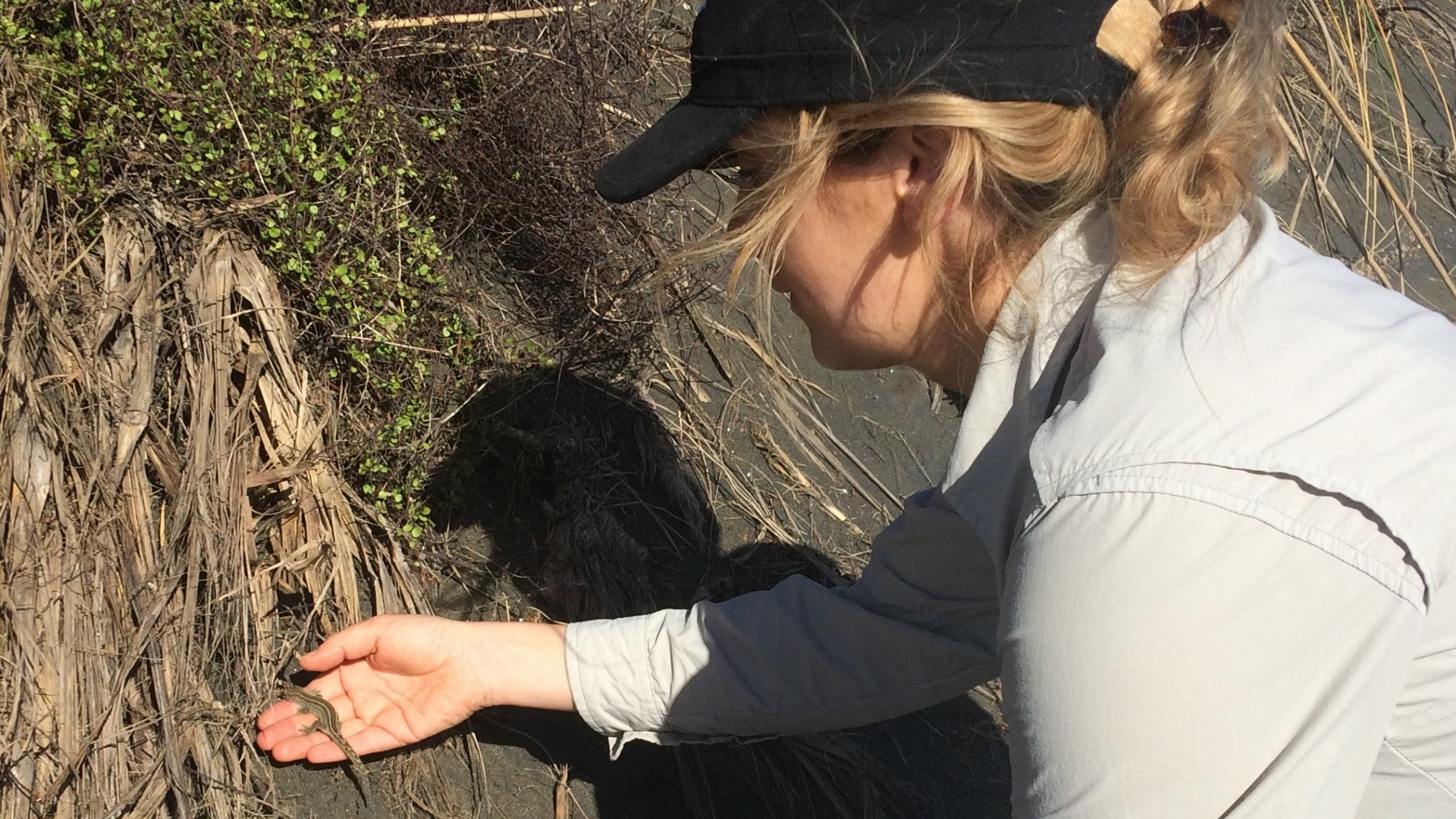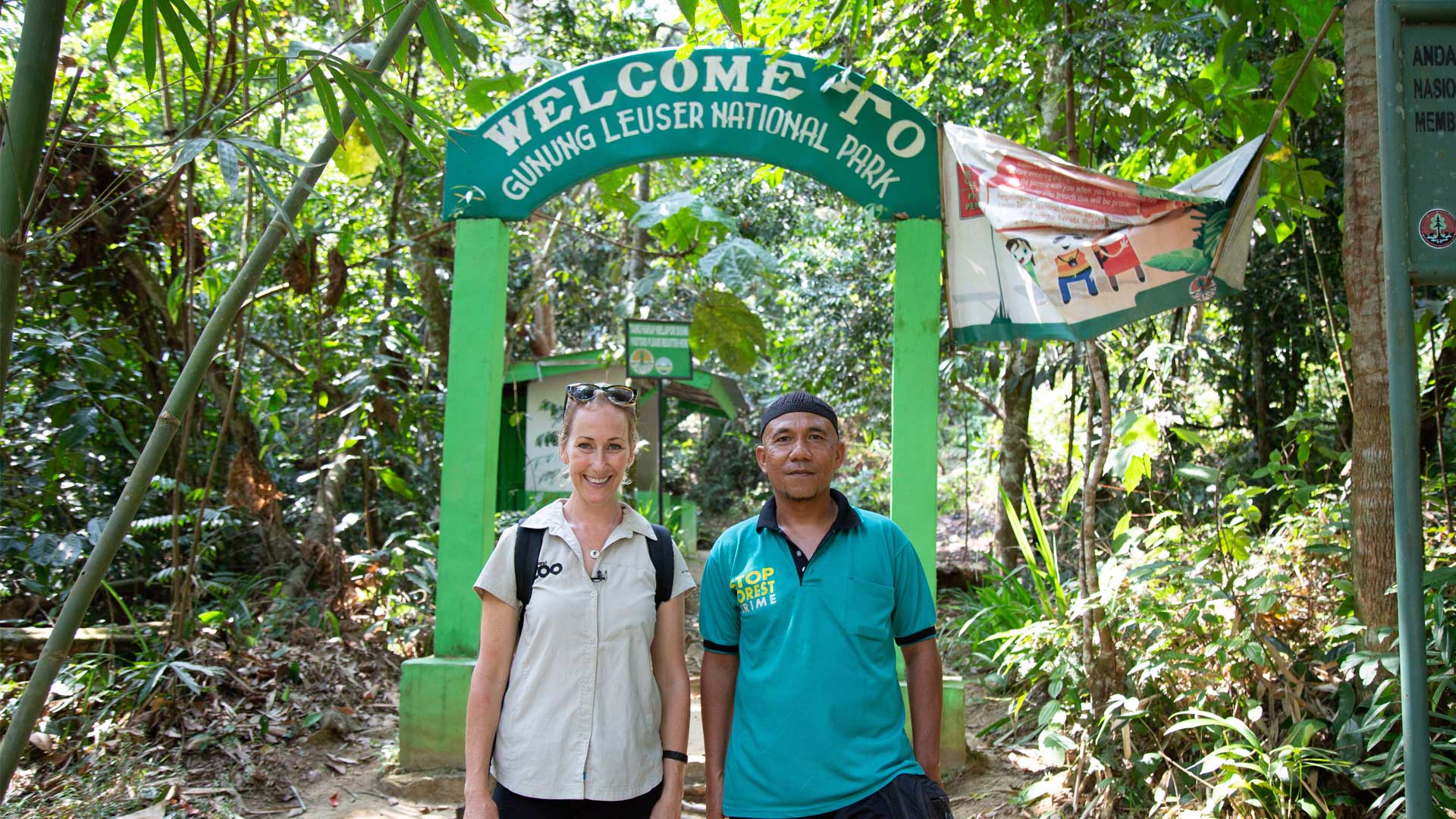Happy New Year! Its almost 2021, a perfect time to share some highlights from ‘the year that was’ and say a heartfelt thank you for all your support. It’s truly meant more to us than ever before.
Though this year was not without its challenges, we’ve also had plenty to be thankful for. We kicked 2020 off to a great start with the arrival of giraffe Billy from Australia Zoo and the return of our orangutans from a two-year staycation in Christchurch, to their brand-new High Canopy habitat that they share alongside our siamang. Just this month, Charlie, Melur and Wanita were able to traverse their 25-metre-high aerial pathways for the first time and our visitors were able to see how incredible these natural climbing-experts truly are. We also opened Flight School, our exciting new free-flight area, where you and your whānau can connect with a variety of incredible birds, learning more from our experts about their adaptations and how we can all help to conserve them.


